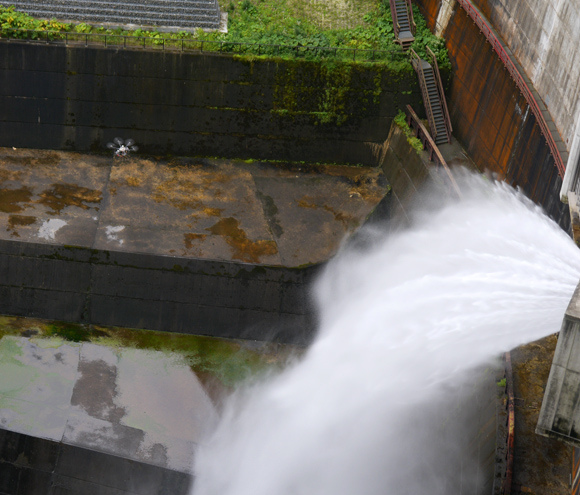
In April, we tagged along with a team from Sony on a trip to Gunkanjima, mecca for urban explorers and movie villains alike. While there, Sony’s engineers used the company’s new Action Cam video camera, mounted on a radio controlled helicopter, to film the island’s ruined ghost town from the sky.
Sony is at it again, this time using this technology to get up close and personal as Hokkaido’s enormous Hoheikyo Dam discharges two tons of water per second. This really is quite the sight.
In the previous expedition to Gunkanjima, Sony employed a single multi-copter (the team’s term for its six-rotor radio controlled helicopters). For this project, they decided to use two of the machines in order to capture as many images as possible in the time allowed.
Attached to the bottom of each of the units was Sony’s compact Action Cam video camera.
While the footage from Gunkanjima demonstrated how a city can crumble if left to the forces of nature for 30-odd years, for this round of filming Sony selected a testament to power of modern engineering. The Hoheikyo Dam stands 102.5 meters (336 feet) tall, and holds back a massive pool of 37,000 cubic meters (9.8 million gallons) of water.
Of course, there are limits to the liquid-retaining powers of any dam, even one of this scale. The reservoir must be partially drained at set intervals, and the awe-inspiring cascade of water this entails is what the team came to record.
A trip to Hokkaido’s lushly forested mountains may not seem to measure up to a deserted ruin-covered island on the adventure scale, but the conditions waiting for the team at Hoheikyo Dam were more challenging than those at Gunkanjima.
You can’t create a gigantic waterfall without also creating wind, and the plummeting deluge as the reservoir drains was going to make keeping control of the helicopter a difficult task. Granted, the multi-copter is far more capable than an off-the-shelf radio controlled helicopter from a hobby store, but that doesn’t mean it’ll stay in the air if it gets flipped upside down by a strong gust.
As with all mountain locales, weather in the area around Hoheikyo Dam is notoriously unpredictable. As the team arrived, the morning skies grew dark with rain clouds. A storm would only add to the wind levels the team had to contend with, along with adding the danger of losing control of the multi-copters should their internals become damaged by moisture seeping through their protective shells.
Completely erasing any margin for error was the likely crash site should things go wrong. No one was looking forward to having to be the one assigned to recover the wreckage from the base of the dam. Still, the team wasn’t going to head home empty-handed, and set about making their final flight preparations.
Finally, everything was set, and it was time for the pair of multi-copters to go to work.
In the time leading up to the dam’s scheduled 9 a.m. discharge, the weather cycled from cloudy to drizzling time and time again, prompting the team to repeatedly ground the helicopters in between bouts of filming the structure.
▼ There was no concern about the camera itself getting wet, though, as it was purposely submerged to obtain underwater shots for the final video.
Unfortunately, the rain started to come down much harder shortly before 9 a.m. After another round of discussion, the team made the bold decision to do what they came for, and entrusted their skilled operators to keep the multi-copters flying long enough to record footage of the discharge.
Finally, the floodgates at the top of the dam opened, heralding the moment the team had been waiting for.
As expected, fierce winds buffeted the copters, threatening to send them spiraling hundreds of feet to the foot of the dam.
But while the multi-copters trembled in the wind, neither overturned, and team was able to capture this absolutely stunning footage.
Noted dam enthusiast, photographer, and blogger Masaki Hagiwara, who previously explained why dams make great spots for dates, offered his reaction to the video, as well as explaining what makes it so special.
“My first reaction was, ‘Oh man, that’s so much cooler than the videos I’ve taken!’ Recently, more and more people are getting into dams, and now you can find pictures on the Internet of almost all the major ones in Japan. But since visitors only have access to limited areas, everyone ends up taking their photos from the same angle, so they all kind of end up looking the same.”
With the multi-copters, though, Sony was able to record images from vantage points that would be impossible for ordinary tourists. “When I saw Hoheikyo Dam’s red crest gates straight on,” said Hagiwara, referring to the flood gates at the top of the structure, “it made me freeze with excitement. Anyone who loves dams would want to see that, and it wouldn’t be possible without this kind of technology.”
▼ Judging from the heart it formed, we’d say Hoheikyo Dam loves its fans right back.
Source, images: Sony Action Cam
[ Read in Japanese ]

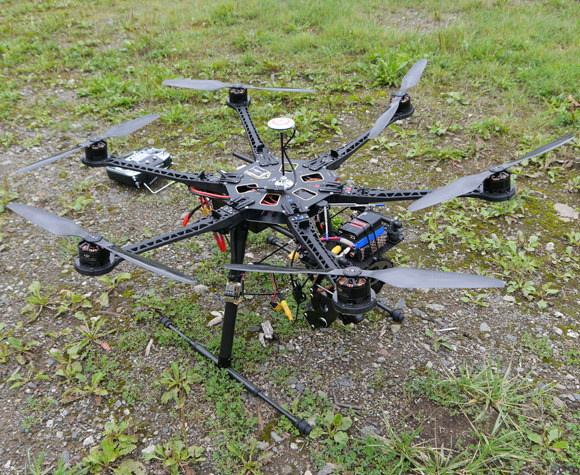
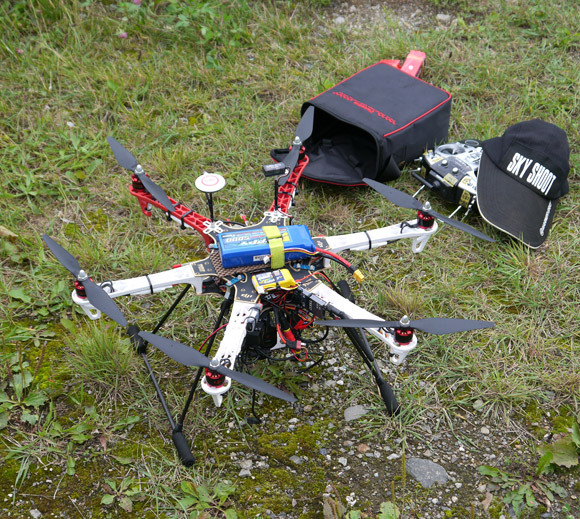
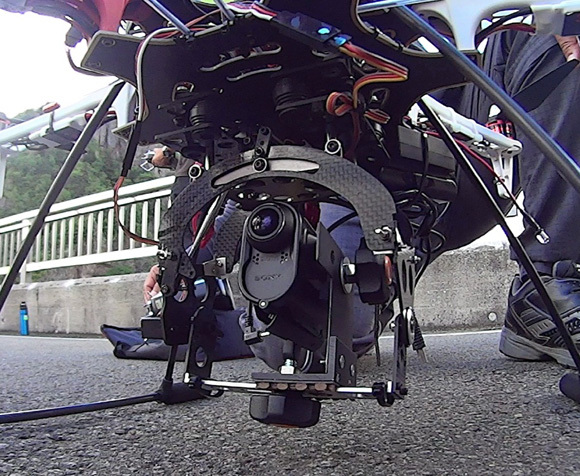
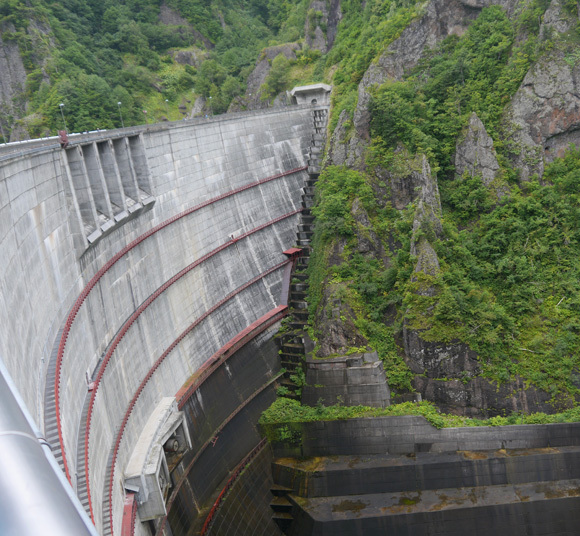
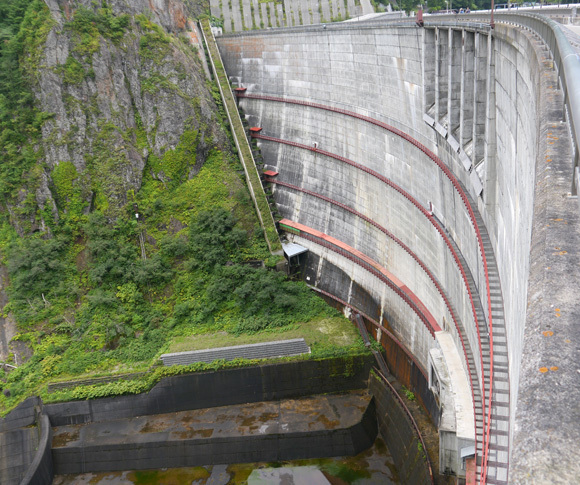
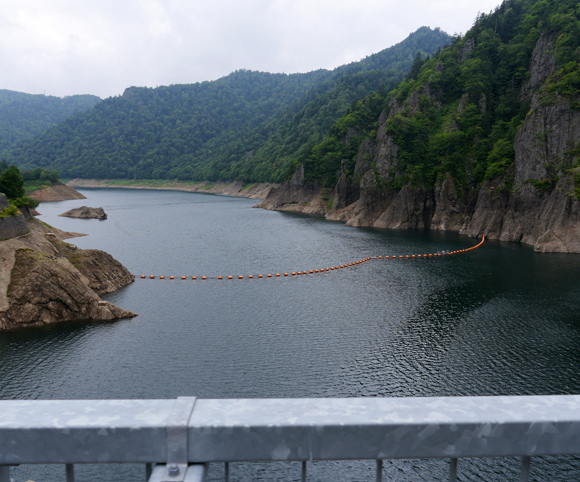
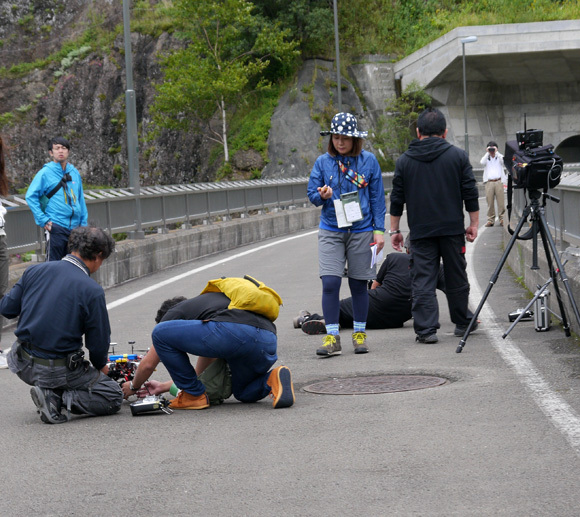
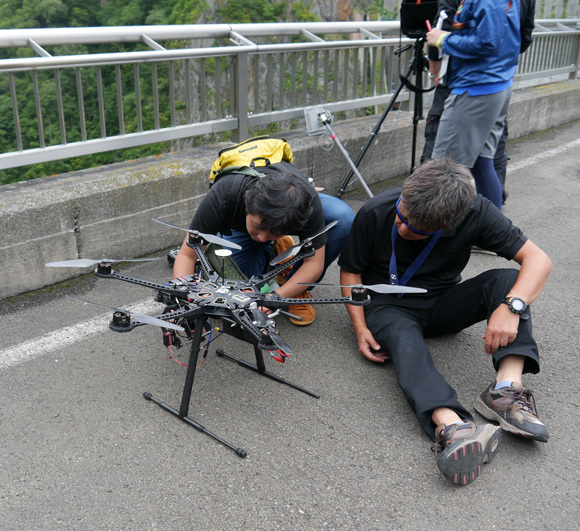
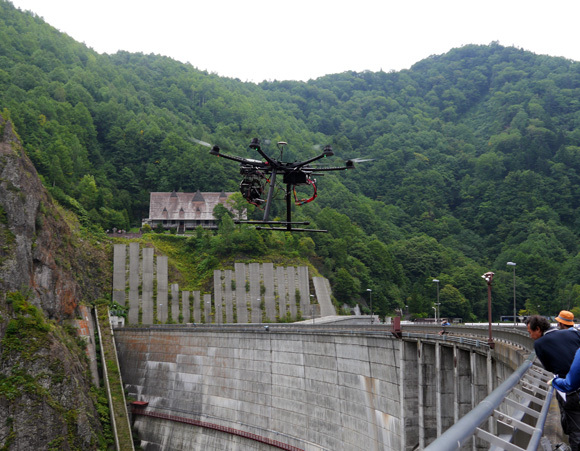
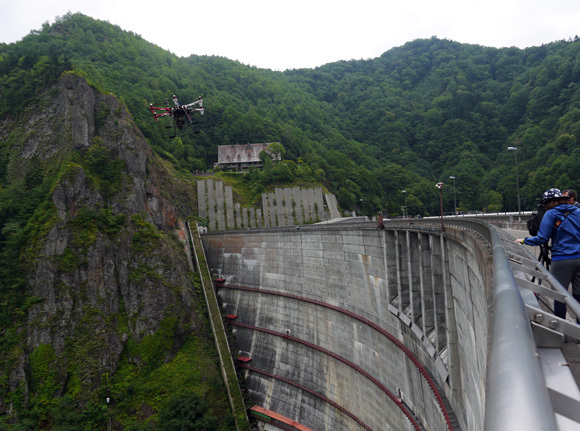
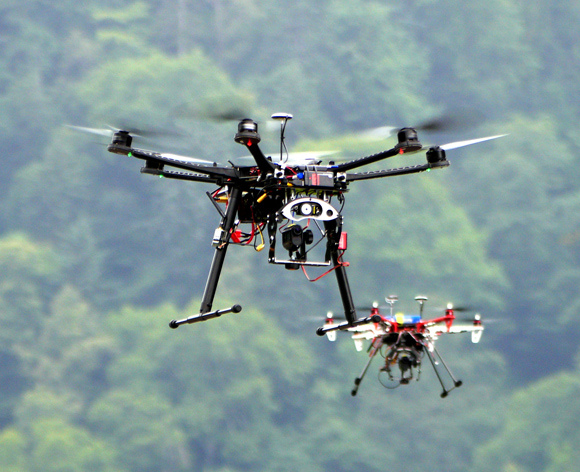
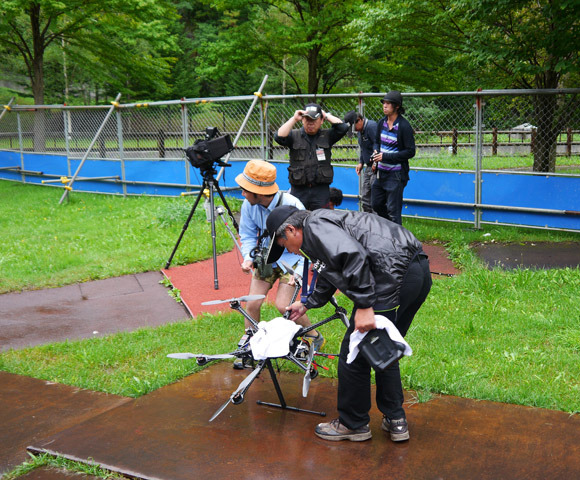
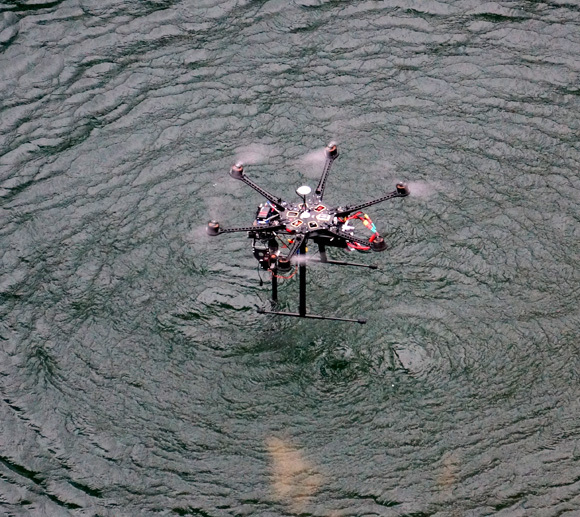
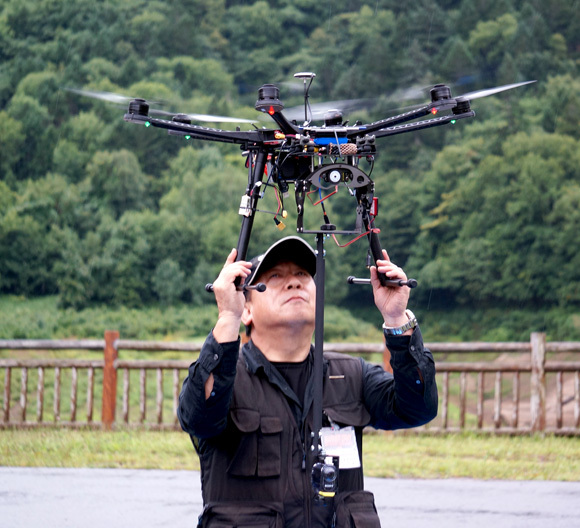
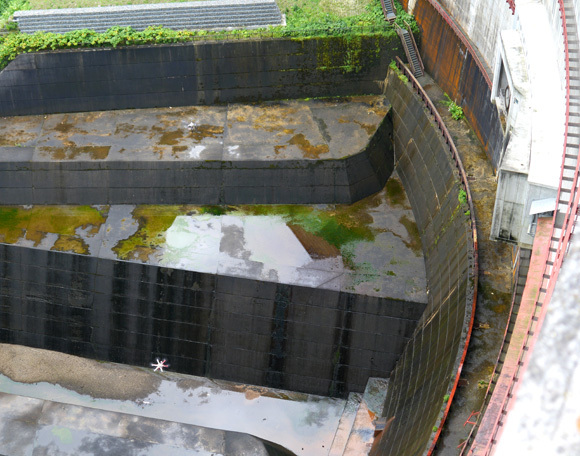
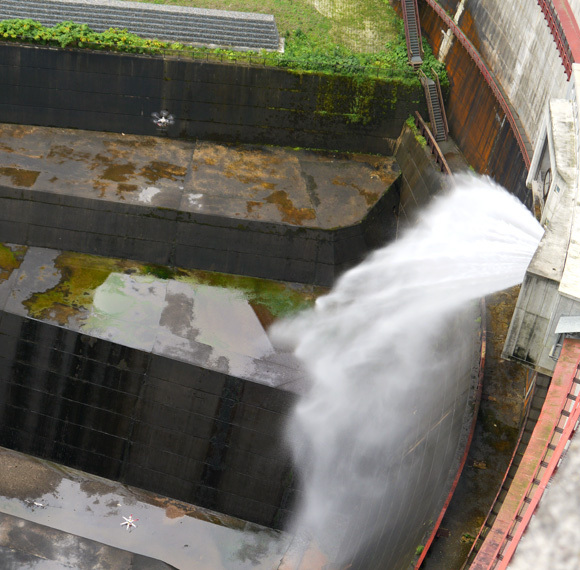
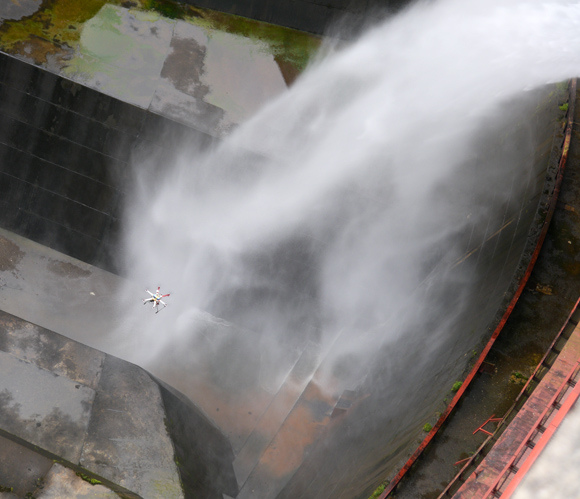
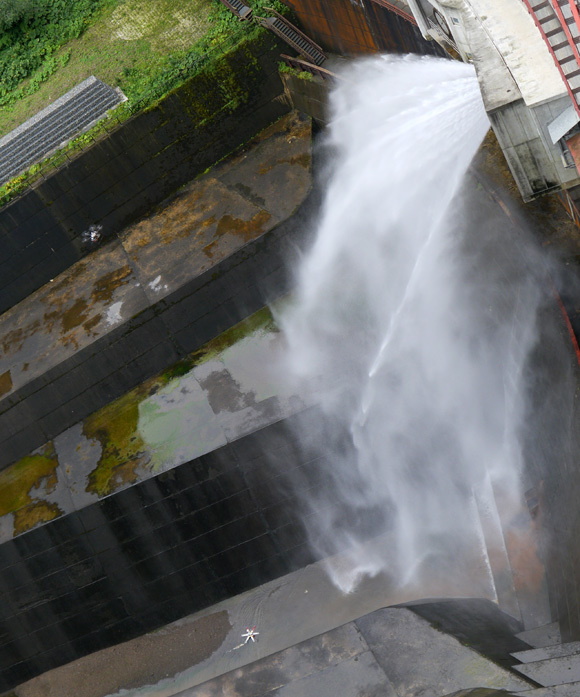
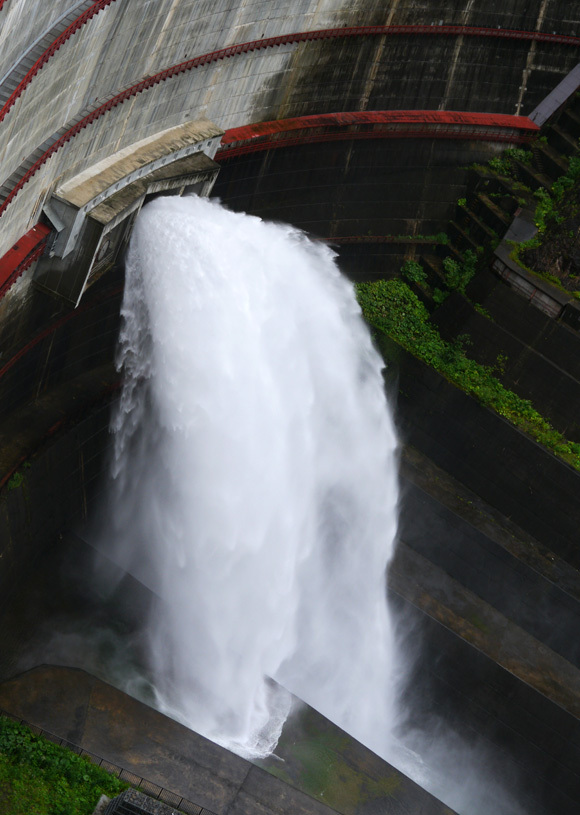
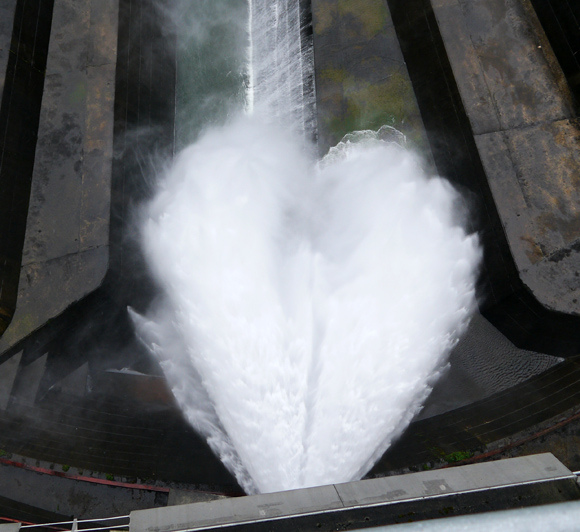
 Dam management finds laughably clever way to deter nighttime thrill-seekers in Japan【Video】
Dam management finds laughably clever way to deter nighttime thrill-seekers in Japan【Video】 The strongest peeing boy statue in Japan is a hidden gem of sightseeing in Saitama
The strongest peeing boy statue in Japan is a hidden gem of sightseeing in Saitama I Won’t Let You Down: new music video from OK Go wows us with Honda drones and unicycles
I Won’t Let You Down: new music video from OK Go wows us with Honda drones and unicycles The Top 10 anime theme songs that Japanese people jammed to at karaoke in 2021
The Top 10 anime theme songs that Japanese people jammed to at karaoke in 2021 Here’s how the CEO of Sony tweaked ‘The Interview’ after North Korea threatened war
Here’s how the CEO of Sony tweaked ‘The Interview’ after North Korea threatened war Tokyo Tsukiji fish market site to be redeveloped with 50,000-seat stadium, hotel, shopping center
Tokyo Tsukiji fish market site to be redeveloped with 50,000-seat stadium, hotel, shopping center Japanese ramen restaurants under pressure from new yen banknotes
Japanese ramen restaurants under pressure from new yen banknotes McDonald’s new Happy Meals offer up cute and practical Sanrio lifestyle goods
McDonald’s new Happy Meals offer up cute and practical Sanrio lifestyle goods Sakura tree falls on man at Sannenzaka near Kiyomizu temple in Kyoto 【Breaking News】
Sakura tree falls on man at Sannenzaka near Kiyomizu temple in Kyoto 【Breaking News】 Beautiful Red and Blue Star luxury trains set to be Japan’s new Hokkaido travel stars
Beautiful Red and Blue Star luxury trains set to be Japan’s new Hokkaido travel stars Mt. Koya planning to instate visitor’s tax to cope with huge tourist numbers
Mt. Koya planning to instate visitor’s tax to cope with huge tourist numbers New private rooms on Tokaido Shinkansen change the way we travel from Tokyo to Kyoto
New private rooms on Tokaido Shinkansen change the way we travel from Tokyo to Kyoto French Fries Bread in Tokyo’s Shibuya becomes a hit on social media
French Fries Bread in Tokyo’s Shibuya becomes a hit on social media A trip to hell on Japan’s ‘vomit ship’: Is it as bad as everyone says it is?
A trip to hell on Japan’s ‘vomit ship’: Is it as bad as everyone says it is? We tried Korea’s way-too-big King Tonkatsu Burger at Lotteria 【Taste Test】
We tried Korea’s way-too-big King Tonkatsu Burger at Lotteria 【Taste Test】 All-you-can-drink Starbucks and amazing views part of Tokyo’s new 170 meter-high sky lounge
All-you-can-drink Starbucks and amazing views part of Tokyo’s new 170 meter-high sky lounge More foreign tourists than ever before in history visited Japan last month
More foreign tourists than ever before in history visited Japan last month Starbucks reopens at Shibuya Scramble Crossing with new look and design concept
Starbucks reopens at Shibuya Scramble Crossing with new look and design concept Studio Ghibli releases new action figures featuring Nausicaä of the Valley of the Wind characters
Studio Ghibli releases new action figures featuring Nausicaä of the Valley of the Wind characters Studio Ghibli glasses cases let anime characters keep an eye on your spectacles
Studio Ghibli glasses cases let anime characters keep an eye on your spectacles Is the new Shinkansen Train Desk ticket worth it?
Is the new Shinkansen Train Desk ticket worth it? Beautiful Ghibli sealing wax kits let you create accessories and elegant letter decorations【Pics】
Beautiful Ghibli sealing wax kits let you create accessories and elegant letter decorations【Pics】 Studio Ghibli releases Kiki’s Delivery Service chocolate cake pouches in Japan
Studio Ghibli releases Kiki’s Delivery Service chocolate cake pouches in Japan New definition of “Japanese whiskey” goes into effect to prevent fakes from fooling overseas buyers
New definition of “Japanese whiskey” goes into effect to prevent fakes from fooling overseas buyers Our Japanese reporter visits Costco in the U.S., finds super American and very Japanese things
Our Japanese reporter visits Costco in the U.S., finds super American and very Japanese things Studio Ghibli unveils Mother’s Day gift set that captures the love in My Neighbour Totoro
Studio Ghibli unveils Mother’s Day gift set that captures the love in My Neighbour Totoro Domino’s Japan now sells…pizza ears?
Domino’s Japan now sells…pizza ears? New Japanese KitKat flavour stars Sanrio characters, including Hello Kitty
New Japanese KitKat flavour stars Sanrio characters, including Hello Kitty New Pokémon cakes let you eat your way through Pikachu and all the Eevee evolutions
New Pokémon cakes let you eat your way through Pikachu and all the Eevee evolutions Sales of Japan’s most convenient train ticket/shopping payment cards suspended indefinitely
Sales of Japan’s most convenient train ticket/shopping payment cards suspended indefinitely Sold-out Studio Ghibli desktop humidifiers are back so Totoro can help you through the dry season
Sold-out Studio Ghibli desktop humidifiers are back so Totoro can help you through the dry season Japanese government to make first change to romanization spelling rules since the 1950s
Japanese government to make first change to romanization spelling rules since the 1950s Ghibli founders Toshio Suzuki and Hayao Miyazaki contribute to Japanese whisky Totoro label design
Ghibli founders Toshio Suzuki and Hayao Miyazaki contribute to Japanese whisky Totoro label design Doraemon found buried at sea as scene from 1993 anime becomes real life【Photos】
Doraemon found buried at sea as scene from 1993 anime becomes real life【Photos】 Tokyo’s most famous Starbucks is closed
Tokyo’s most famous Starbucks is closed One Piece characters’ nationalities revealed, but fans have mixed opinions
One Piece characters’ nationalities revealed, but fans have mixed opinions We asked a Uniqlo employee what four things we should buy and their suggestions didn’t disappoint
We asked a Uniqlo employee what four things we should buy and their suggestions didn’t disappoint Princesses, fruits, and blacksmiths: Study reveals the 30 most unusual family names in Japan
Princesses, fruits, and blacksmiths: Study reveals the 30 most unusual family names in Japan Typhoon Trami batters Japan, hits close to Tokyo with fierce winds 【Photos & Videos】
Typhoon Trami batters Japan, hits close to Tokyo with fierce winds 【Photos & Videos】 Drones capture shocking footage of flooding in Ibaraki, Japan【Video】
Drones capture shocking footage of flooding in Ibaraki, Japan【Video】 How can you maximize the calories you burn singing karaoke?【Experiment】
How can you maximize the calories you burn singing karaoke?【Experiment】 Sony’s wearable air conditioners selling like cold cakes in heat-stricken Japan
Sony’s wearable air conditioners selling like cold cakes in heat-stricken Japan Hiker falls off Mt. Fuji while live-streaming steps from summit, rescuers yet to find him【Video】
Hiker falls off Mt. Fuji while live-streaming steps from summit, rescuers yet to find him【Video】 Search for live-streamer who fell from Mt. Fuji finds badly damaged corpse half-mile below peak
Search for live-streamer who fell from Mt. Fuji finds badly damaged corpse half-mile below peak Countdown to PlayStation 4 in Japan – Mr. Sato heads to the Sony Building to join the fun
Countdown to PlayStation 4 in Japan – Mr. Sato heads to the Sony Building to join the fun Sony unveils bizarre new TV remote control with built-in speaker, met with confusion and LOLs
Sony unveils bizarre new TV remote control with built-in speaker, met with confusion and LOLs Fukushima bottled water wins Gold Quality Award in the internationally coveted Monde Selection
Fukushima bottled water wins Gold Quality Award in the internationally coveted Monde Selection Sony’s summer PlayStation Vita ads are all about growing up【Video】
Sony’s summer PlayStation Vita ads are all about growing up【Video】 You can drive this car with a PlayStation controller, meaning Gran Turismo is now real【Video】
You can drive this car with a PlayStation controller, meaning Gran Turismo is now real【Video】 Parents abandon seven-year-old son in mountains of Japan “because he wouldn’t listen”
Parents abandon seven-year-old son in mountains of Japan “because he wouldn’t listen” Quiz time! How many of these photos of Japanese places can you identify?【Photos】
Quiz time! How many of these photos of Japanese places can you identify?【Photos】 Check out this absolutely stunning drone video of Nagasaki’s Battleship Island in Ultra HD
Check out this absolutely stunning drone video of Nagasaki’s Battleship Island in Ultra HD
Leave a Reply